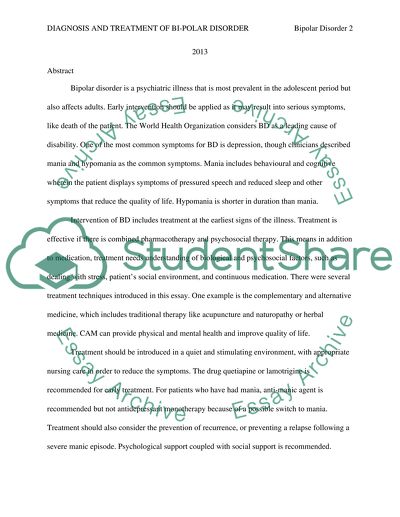Cite this document
(“Bi-Polar Disorder Treatment Research Paper Example | Topics and Well Written Essays - 2000 words”, n.d.)
Bi-Polar Disorder Treatment Research Paper Example | Topics and Well Written Essays - 2000 words. Retrieved from https://studentshare.org/health-sciences-medicine/1485955-bi-polar-disorder-treatment
Bi-Polar Disorder Treatment Research Paper Example | Topics and Well Written Essays - 2000 words. Retrieved from https://studentshare.org/health-sciences-medicine/1485955-bi-polar-disorder-treatment
(Bi-Polar Disorder Treatment Research Paper Example | Topics and Well Written Essays - 2000 Words)
Bi-Polar Disorder Treatment Research Paper Example | Topics and Well Written Essays - 2000 Words. https://studentshare.org/health-sciences-medicine/1485955-bi-polar-disorder-treatment.
Bi-Polar Disorder Treatment Research Paper Example | Topics and Well Written Essays - 2000 Words. https://studentshare.org/health-sciences-medicine/1485955-bi-polar-disorder-treatment.
“Bi-Polar Disorder Treatment Research Paper Example | Topics and Well Written Essays - 2000 Words”, n.d. https://studentshare.org/health-sciences-medicine/1485955-bi-polar-disorder-treatment.


